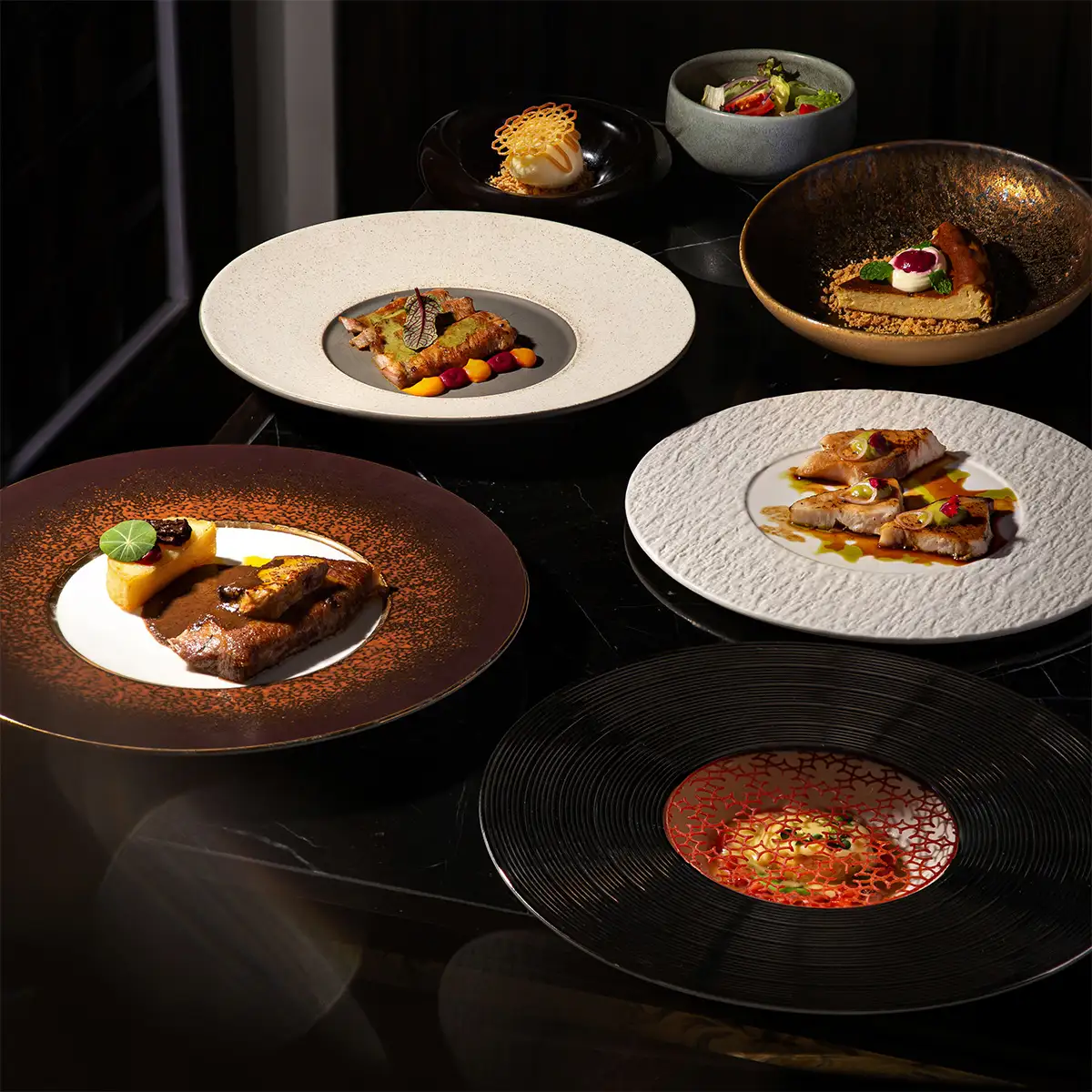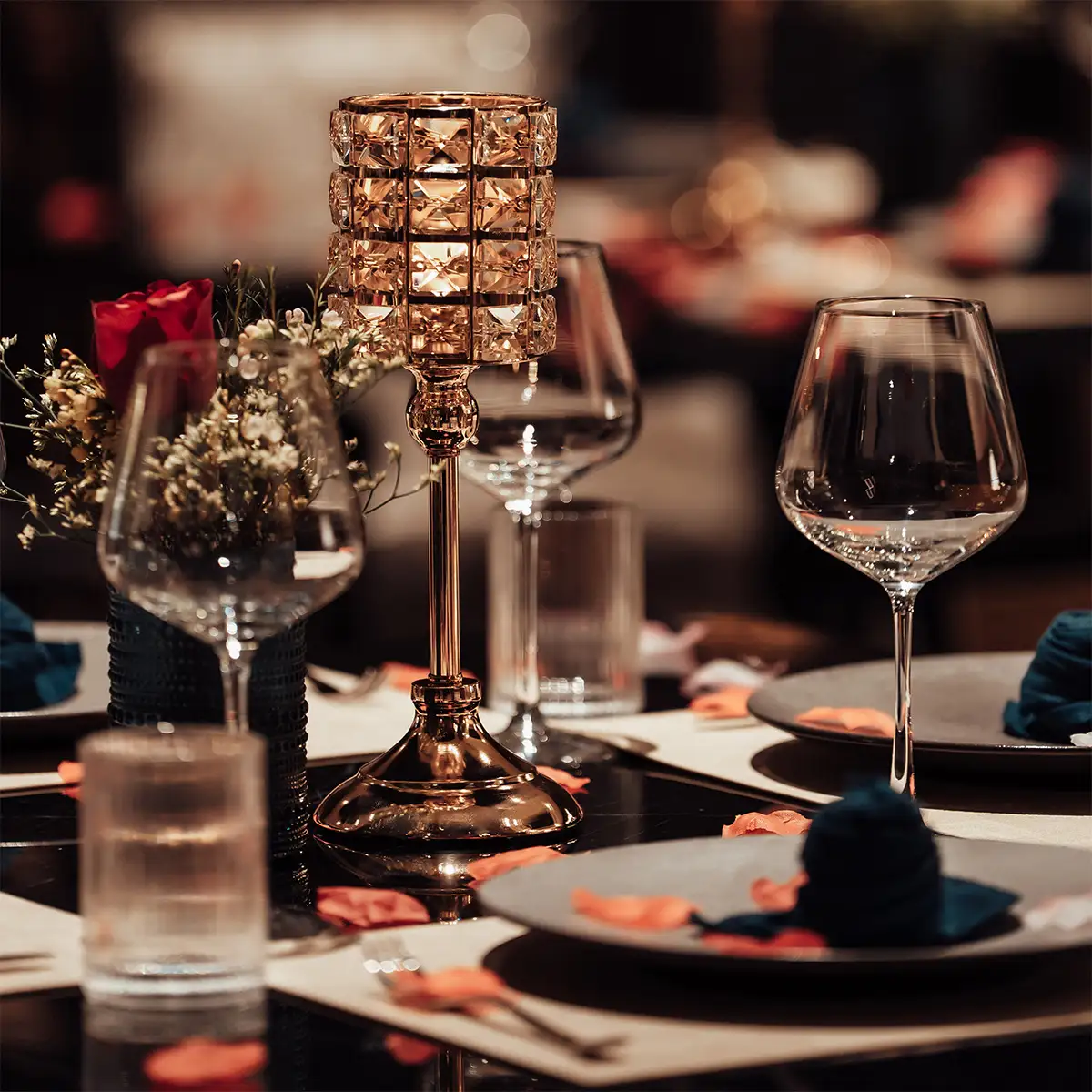Fine dining captivates with its inherent elegance, profound sophistication, and meticulous attention to every conceivable detail. It offers discerning guests not merely a meal, but a truly memorable culinary experience that engages all senses. At the very heart of this refined dining culture lies the mastery of specialized fine dining cooking techniques, methodologies that transform exceptional ingredients into veritable works of art. This article aims to explore some of the most popular and impactful techniques used in fine dining, and illuminate how they are expertly applied at establishments like Moca Dining to craft world-class dishes. Understanding these cooking methods in fine dining provides a deeper appreciation for the artistry and precision involved.
1. What are fine dining cooking techniques?
To appreciate the techniques, one must first understand the realm they inhabit. "Fine dining" is characterized by its unwavering commitment to the highest quality ingredients, often sourced for their unique provenance and seasonality. It involves meticulous, artful presentation where every element on the plate serves a purpose, and is complemented by exceptional, anticipatory service in an elegant ambiance.
So, what sets fine dining cooking techniques apart from regular, everyday cooking methods? The distinctions lie in their profound emphasis on precision, the consistent drive for innovation, and an intense focus on manipulating and perfecting texture and flavor. These techniques used in fine dining often require specialized equipment, a deep understanding of food science, and a patient, methodical approach. Historically, many of these methods have roots in classical French cuisine, but they have continuously evolved, influenced by global culinary traditions and advancements in technology. The evolution reflects a relentless pursuit of perfection, aiming to unlock the utmost potential of each ingredient.
In essence, fine dining cooking techniques are sophisticated, often complex procedures employed by skilled chefs to transform high-quality ingredients into dishes that offer unparalleled sensory experiences. They matter because they are the tools through which culinary artists express their vision, pushing the boundaries of flavor, texture, and presentation to create memorable and often emotionally resonant dining moments.
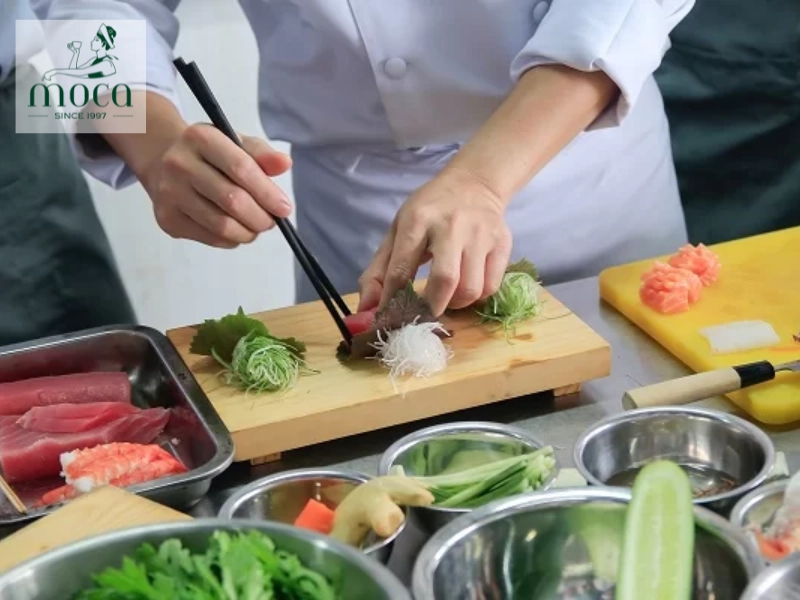
Fine dining techniques transform premium ingredients into multisensory masterpieces—where precision meets passion on every plate.
Learn more: A Journey to Success: Inside the World of a Talented Fine Dining Chef and Their Creative Flair
2. Key fine dining cooking techniques explained
Several core cooking methods in fine dining are fundamental to creating the exquisite dishes found in world-class restaurants.
Sous vide:
- Detailed explanation of the sous vide process: Sous vide, French for "under vacuum," is a fine dining cooking technique where food is vacuum-sealed in a bag and then cooked in a precisely regulated water bath. This precise temperature control, often maintained for extended periods, is the hallmark of the method. The water circulates, ensuring the food cooks to an exact internal temperature from edge to edge.
- Benefits of sous vide: The primary benefits include even cooking, as the food cannot overcook beyond the set water temperature. This results in unparalleled consistency. Flavors are enhanced because the ingredients cook in their own juices, and volatile aromatic compounds are trapped within the bag. Textures, particularly for proteins, are often exceptionally tender and moist.
- Examples of dishes that utilize sous vide: Commonly used for proteins like steak, chicken breast, fish, and pork tenderloin. It's also excellent for cooking eggs to precise consistencies (e.g., a perfect 63°C egg), and for infusing flavors into vegetables or fruits.
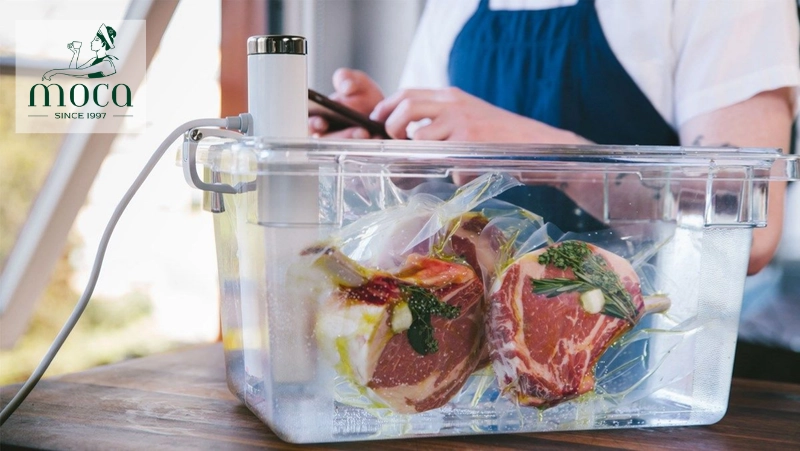
Sous vide: Precision cooking that locks in flavor, tenderness, and perfection—one degree at a time.
Spherification:
- Explanation of spherification: This is a striking fine dining cooking technique of molecular gastronomy that involves shaping a liquid into spheres, which visually and textually resemble caviar or small pearls. These spheres have a thin, delicate membrane and burst in the mouth, releasing the liquid inside.
-
Different types of spherification:
- Basic Spherification: A liquid mixed with sodium alginate is dropped into a setting bath of calcium chloride. The calcium ions cause the alginate to gel from the outside in, forming a sphere.
- Reverse Spherification: This method is used for liquids that are high in calcium or alcohol. The liquid is mixed with calcium lactate or calcium gluconate, and then dropped into a bath of sodium alginate. The gel forms on the outside, creating a more stable sphere with a liquid core that doesn't continue to gel inwards over time.
- Ingredients and equipment needed: Key ingredients include sodium alginate and a calcium salt (like calcium chloride, calcium lactate, or calcium lactate gluconate). Equipment often includes precision scales, syringes or pipettes for forming droplets, and various spoons (often perforated) for handling the spheres.
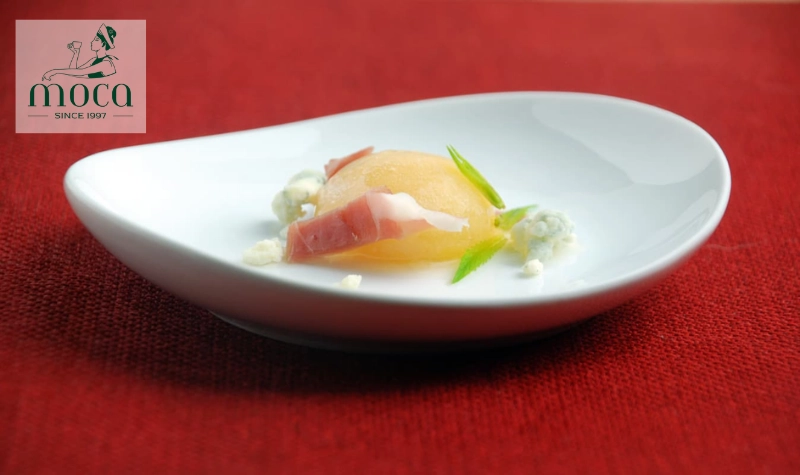
A molecular gastronomy marvel that transforms liquid into edible jewels—delicate, dramatic, and full of flavor
Emulsification:
- Explanation of emulsification: Emulsification is the process of combining two liquids that do not normally mix, such as oil and water, into a stable, homogeneous mixture called an emulsion. This is a fundamental fine dining cooking technique crucial for many sauces and dressings.
-
Types of emulsions:
- Oil-in-water (O/W): Tiny droplets of oil are dispersed throughout a continuous phase of water (e.g., mayonnaise, hollandaise sauce, milk).
- Water-in-oil (W/O): Tiny droplets of water are dispersed throughout a continuous phase of oil (e.g., butter, vinaigrettes with a higher oil ratio).
- Common emulsifiers: An emulsifier is a substance that helps stabilize the emulsion. Common natural emulsifiers include lecithin found in egg yolks, mustard, honey, and garlic. Modern cuisine also utilizes specialized hydrocolloids.
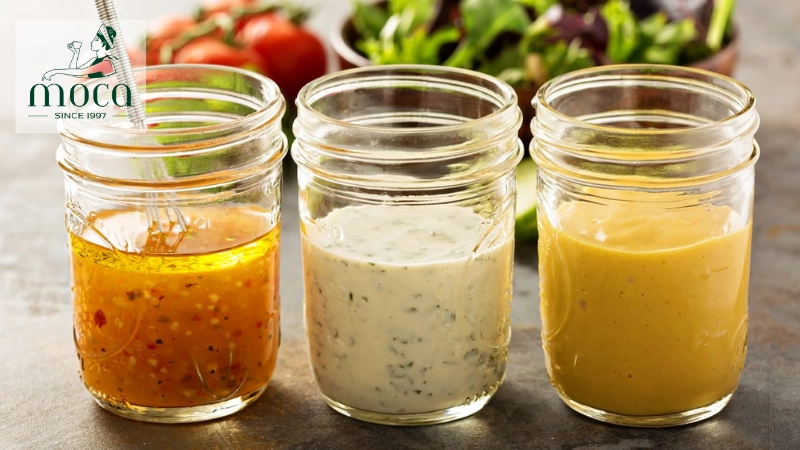
The art of uniting oil and water to create smooth, stable sauces—bringing elegance and harmony to every fine dining plate.
Reduction:
- Explanation of reduction: Reduction is the process of simmering a liquid, such as a stock, wine, or sauce, to evaporate some of the water content. This concentrates the flavors, thickens the consistency, and can deepen the color of the liquid. It is a classic and essential technique used in fine dining.
- Techniques for reducing sauces and stocks: This typically involves simmering the liquid gently in a wide, shallow pan to maximize the surface area for evaporation. Constant skimming may be necessary to remove impurities for a clear, clean-tasting reduction. Patience is key, as rushing the process can scorch the liquid.
Other notable techniques: (Foams, Airs, Gels, Espumas)
- Foams/Airs: These involve incorporating air into a liquid base (often stabilized with lecithin or other agents) to create a light, ethereal texture that can carry intense flavors. An "air" is typically lighter and more delicate than a foam.
- Gels: Gels are created using gelling agents like agar-agar, gelatin, or carrageenan to transform liquids into solids with varying degrees of firmness, from delicate jellies to firm terrines.
- Espumas: Spanish for "foam," espumas are typically created using a whipping siphon charged with nitrous oxide. This technique produces very light, airy foams that can be either savory or sweet, adding a unique textural element.
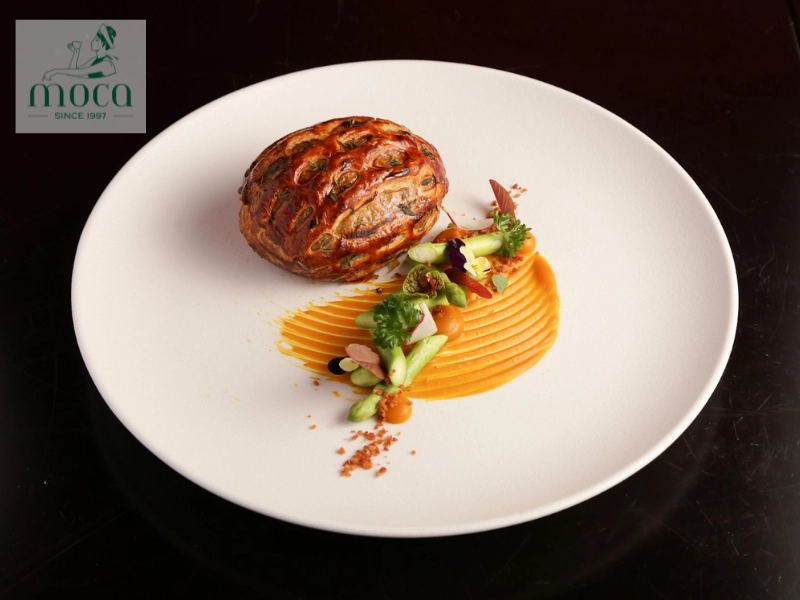
From deep, concentrated reductions to ethereal foams and elegant gels—these fine dining techniques transform flavor and texture into culinary artistry
Learn more: Decoding Fine Dining Costs: Factors, Value & a Worthwhile Experience
3. The art of plating and presentation
In fine dining, the visual appeal of a dish is nearly as important as its taste. Plating is a critical fine dining cooking technique in itself, transforming food into an artistic statement.
- Discuss the importance of visual appeal in fine dining: The adage "we eat with our eyes first" holds particularly true in fine dining. A beautifully presented dish stimulates the appetite, sets expectations, and enhances the overall sensory experience. It reflects the chef's attention to detail and artistry.
- Techniques for creating visually stunning plates: Chefs consider elements like color (using contrasting or complementary colors), texture (incorporating a variety of textures for visual and tactile interest), and composition (applying principles of balance, height, flow, and focal points). The rule of odds (e.g., plating three or five elements instead of an even number) is often employed for a more dynamic look.
-
Examples of plating styles:
- Classical: Symmetrical, structured arrangements.
- Minimalist/Modern: Clean lines, negative space, often focusing on a few key elements.
- Abstract/Artistic: More free-form, resembling a painting on a plate.
- Landscape: Elements arranged to evoke a natural scene.
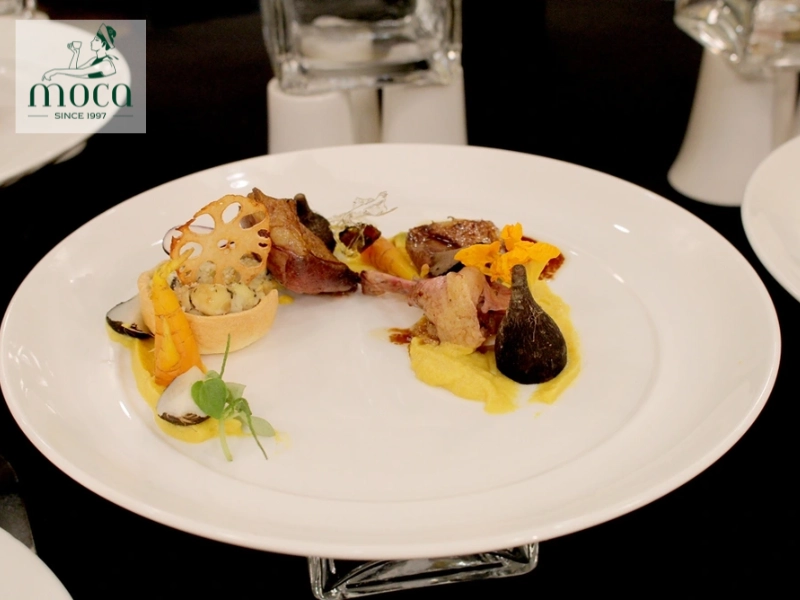
From classical balance to modern abstraction, the presentation transforms fine dining into a multisensory experience.
4. Applying fine dining techniques at home
While some fine dining cooking techniques require specialized equipment and years of practice, many principles can be adapted for the ambitious home cook.
-
Offer simplified versions of some techniques for home cooks:
- Sous Vide: Affordable immersion circulators are now widely available for home use.
- Emulsification: Mastering a basic vinaigrette or a homemade mayonnaise is achievable with a whisk or blender.
- Reduction: Reducing a store-bought stock or a simple pan sauce can significantly elevate a home-cooked meal.
- Provide tips for achieving fine dining results with basic equipment: Focus on precise knife skills (mise en place), don't overcrowd your pan when searing, taste and adjust seasonings at every stage, and invest in a good instant-read thermometer.
- Emphasize the importance of quality ingredients and attention to detail: Using the best possible ingredients you can find and paying close attention to each step of the cooking process are fundamental to achieving results that echo the finesse of techniques used in fine dining.
- User expectation: Provide practical advice for home cooks who want to experiment with fine dining techniques. Home cooks can explore the world of fine dining by starting with foundational techniques, focusing on ingredient quality, and practicing precision, gradually building their skills to create more sophisticated dishes.
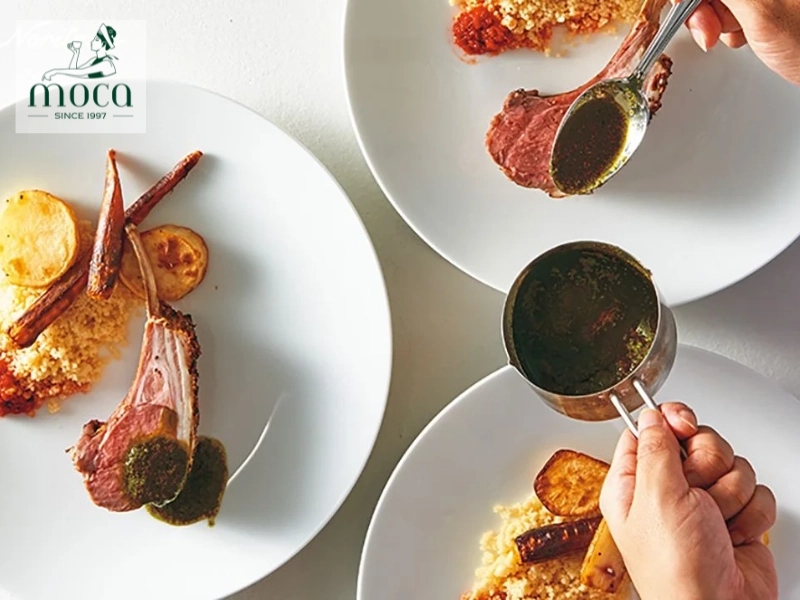
Fine dining starts at home — elevate the everyday with precision, quality, and care.
5. Experience fine dining at Moca Dining
At Moca Dining, we are passionate advocates for the art and science of fine dining cooking techniques. Our culinary team expertly utilizes these methods to transform the finest ingredients into an unforgettable dining experience.
Moca Dining is dedicated to showcasing the pinnacle of culinary craftsmanship, where each dish reflects a perfect balance of precision, quality, and creativity. Our chefs are masters of both classic and contemporary fine dining techniques, elevating ingredients into works of art.
Our Dry-Aged Duck Breast exemplifies this mastery—expertly aged for depth of flavor and tenderness, then precisely seared to achieve a crisp skin and succulent interior. Paired with seasonal accompaniments and refined sauces, this dish is a celebration of technique and flavor harmony.
The Cigar Moca Chocolate is a signature dessert that redefines indulgence, combining the richness of premium chocolate with a playful, visually striking presentation. Crafted with meticulous attention to texture and detail, it’s a modern take on dessert that blends culinary artistry with imaginative storytelling.
But the Moca Dining experience extends far beyond the plate. From our refined, romantic ambiance on Nhà Thờ Street to our attentive yet unobtrusive service and thoughtfully curated wine list, every element is designed to create a harmonious and memorable occasion. Moca Dining is more than a restaurant—it is a destination where guests are invited to witness how fine dining, at its highest level, transforms food into an immersive, artistic journey.
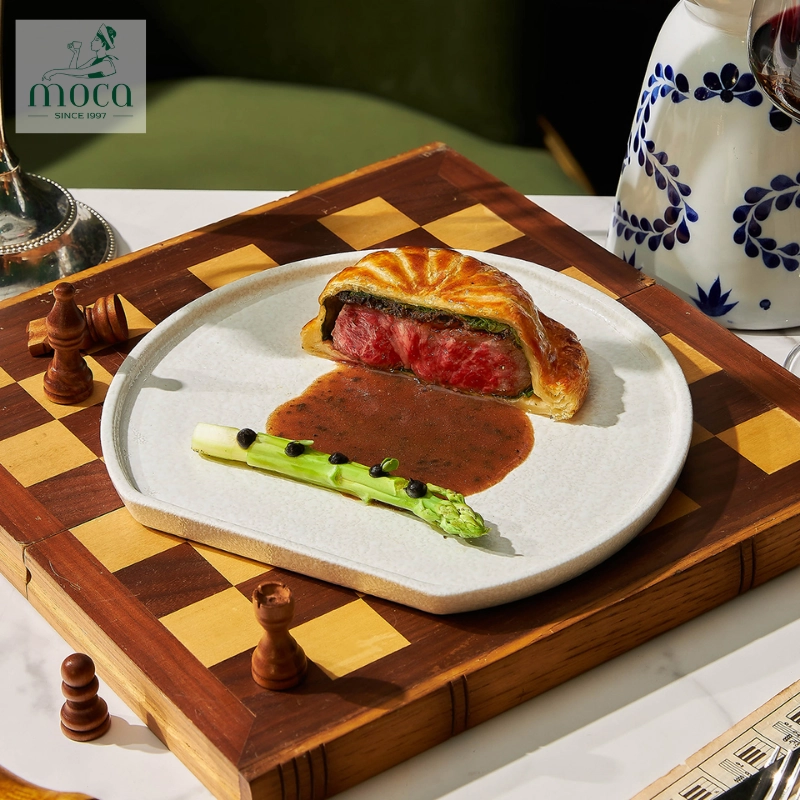
Where tradition meets artistry — savor the perfection at Moca Dining.
Fine dining cooking techniques—from precise sous vide to artistic plating—form the foundation of exceptional culinary experiences, constantly evolving through creativity and innovation. At Moca Dining, we invite you to discover how our skilled chefs harness these refined methods to create dishes that delight the palate and tell a story of passion, precision, and culinary artistry.





